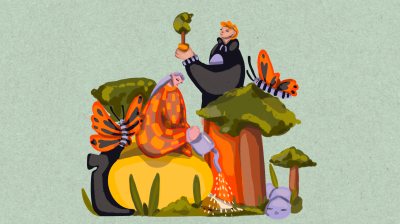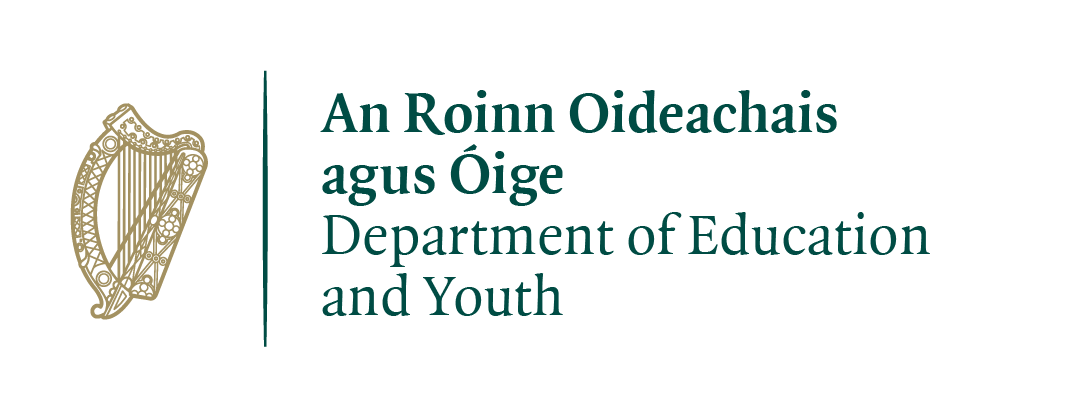Social media meets science
Leah Fleming reports from the BT Young Scientist Exhibition.

At this year’s BT Young Scientist Exhibition, I noted a number of projects discussing social networking and its uses and influence. In this era where social networks such as Facebook and Twitter are a daily part of both work and personal life, I wondered how it could apply to science. The topic of social networking was examined scientifically very well by two projects in particular.
Three second year students, Erika Dunne, Carrie Corkish and Bronwyn Hogan’s project related a well known theory of social science, ‘The Friends Paradox’ to the number of Facebook friends a person has. The theory essentially states that a person’s friend will always have more friends that that person.
Aiming to test this theory through social media, the girls’ project, entitled ‘The Friends Paradox applied to Twitter and Facebook: Are you less popular than you think you are?’ compiled the data of dozens of Facebook account members and their number of friends, to find some very interesting results. When the numbers were averaged, Bronwyn revealed, “We actually found that on Facebook the theory has the opposite effect, and you actually have more Facebook friends, on average, than your friends do.”
Another social media inspired project was exhibited by two girls from The King’s Hospital school in Dublin, which used Facebook as a source for their project, “Capturing Student health and lifestyle information on Facebook”. Louise Watson and Sophie Thompson presented their information through statistics based on the age group of 12-18 year olds.
The girls made some interesting observations, noting that Facebook users generally displayed information on their exercise routine on Facebook through pictures, among other lifestyle information. Interestingly enough, 22% of the people they surveyed admitted they had been bullied through Facebook, with 10 per cent of those people stating that the bullying had taken place publicly through comments and wall posts.
When it came to information on students’ smoking and drinking habits, the girls found that very few people posted this information on Facebook, and noted that this was more than likely due to the age group of those they had surveyed with the girls explaining “If we examined an older age group, we would probably have found very different results.”
Overall, the influence of social media at the exhibition was clear, and the ways in which it had be drawn upon as a source and the information that can drawn from it were highly impressive. A clear indicator of the role that social media can play in even the most unlikely situations, both projects definitely provided some thought-provoking results, and well worth a visit.






